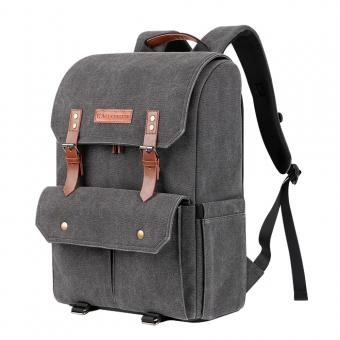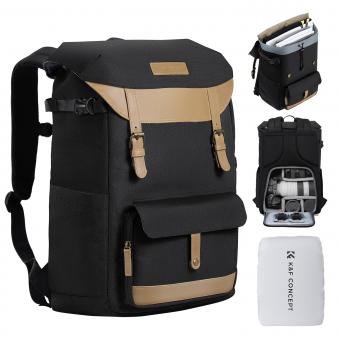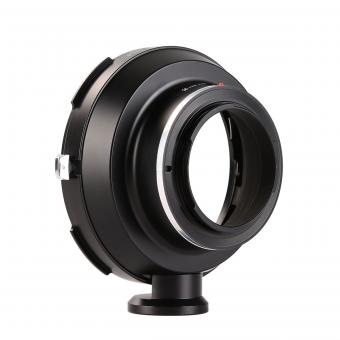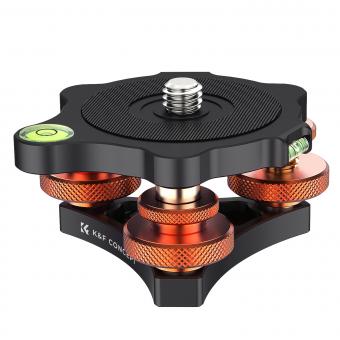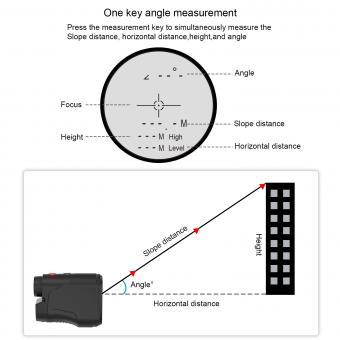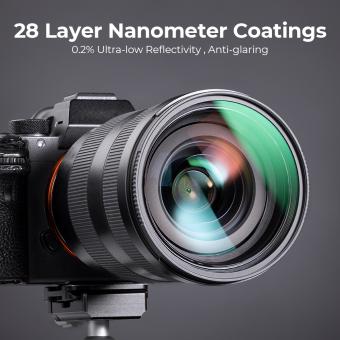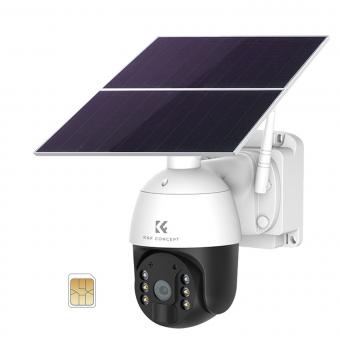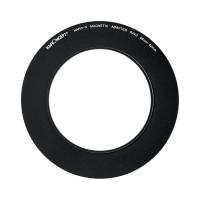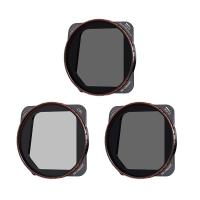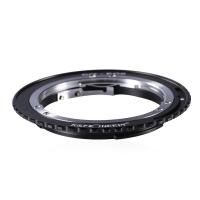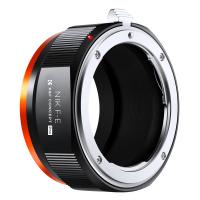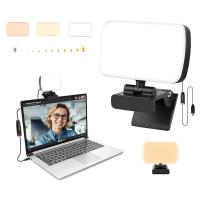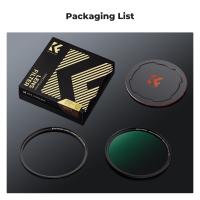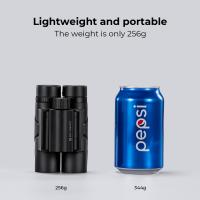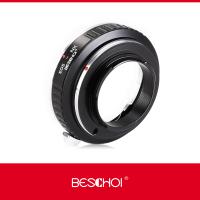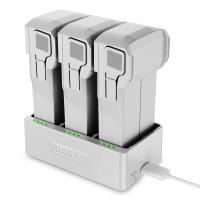How To Improve Camera Tripod ?
There are several ways to improve a camera tripod. Firstly, you can invest in a higher quality tripod that is made from sturdy materials such as carbon fiber or aluminum. This will provide better stability and durability. Additionally, consider choosing a tripod with a ball head or fluid head, which allows for smoother and more precise camera movements. Another way to enhance your tripod is by adding accessories such as a quick release plate, which allows for easy and fast attachment and detachment of your camera. You can also attach a tripod stabilizer or counterweight system to minimize vibrations and improve stability. Lastly, make sure to regularly clean and maintain your tripod to ensure it functions optimally.
1、 Adjusting the tripod legs for stability and balance
To improve camera tripod stability and balance, one of the key steps is adjusting the tripod legs properly. This ensures that the tripod remains steady and secure, allowing for sharper and more professional-looking photographs. Here are some tips on how to achieve this:
1. Extend the legs evenly: Start by extending the tripod legs to a suitable height. Make sure to extend each leg evenly to maintain balance. This will prevent the tripod from leaning to one side, which can cause instability.
2. Use the center column sparingly: Avoid extending the center column of the tripod unless necessary. The center column can introduce additional vibrations and reduce stability. Instead, try to adjust the tripod legs to achieve the desired height.
3. Lock the leg sections tightly: After extending the tripod legs, ensure that each leg section is securely locked in place. Loose leg sections can cause the tripod to wobble, especially when shooting in windy conditions or on uneven surfaces.
4. Spread the legs wide: To improve stability, spread the tripod legs wide apart. This increases the tripod's footprint and lowers its center of gravity, making it less prone to tipping over. However, be cautious not to spread the legs too wide, as this can compromise stability.
5. Use a tripod weight hook: Some tripods come with a hook at the bottom of the center column. You can hang a weight, such as a camera bag, from this hook to add extra stability. The weight helps to counterbalance any potential movement or vibrations.
In addition to these traditional methods, recent advancements in tripod technology have introduced features like adjustable leg angles, quick-release mechanisms, and built-in levels. These innovations provide photographers with more flexibility and convenience when setting up their tripods. Ultimately, finding the right balance and stability for your camera tripod will greatly enhance the quality of your photographs.
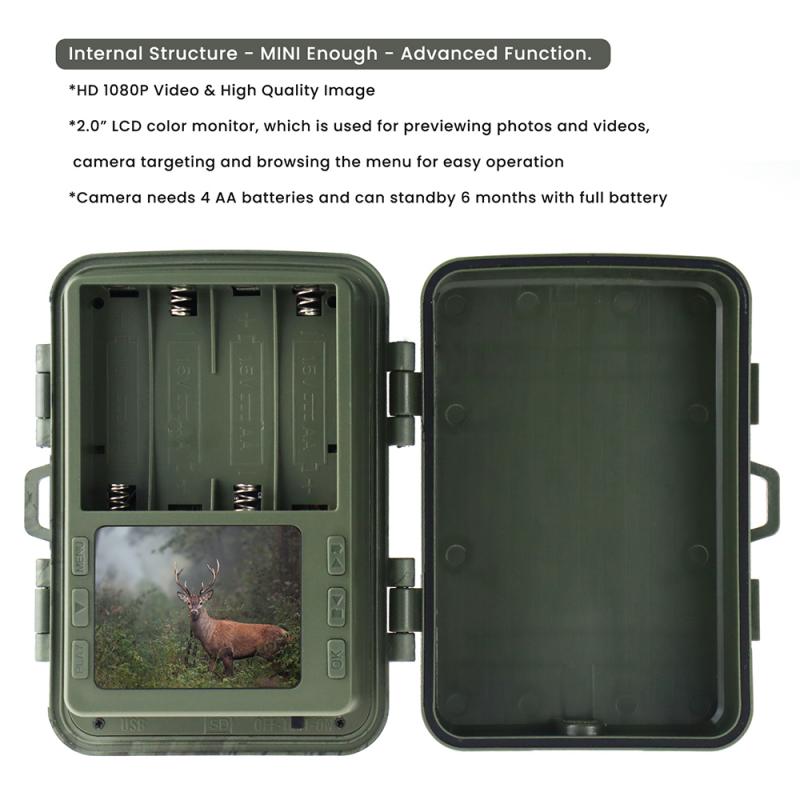
2、 Using a tripod head with smooth panning and tilting
One way to improve a camera tripod is by using a tripod head with smooth panning and tilting capabilities. This feature allows for more precise and fluid movements when capturing photos or videos.
A tripod head with smooth panning and tilting is designed to provide stability and flexibility while shooting. It allows photographers and videographers to smoothly pan the camera horizontally or tilt it vertically without any jerky movements. This is especially useful when capturing action shots or creating smooth cinematic movements.
The latest tripod heads with smooth panning and tilting capabilities often come with advanced features such as adjustable friction control, which allows users to customize the resistance of the panning and tilting movements. This ensures that the camera stays in place when desired, but also allows for smooth and controlled movements when needed.
Additionally, some tripod heads now come with built-in leveling systems, which help ensure that the camera is perfectly level. This is particularly useful when shooting landscapes or architectural photography, where a level horizon is crucial.
Furthermore, many tripod heads now offer compatibility with various camera systems, including DSLRs, mirrorless cameras, and even smartphones. This versatility allows photographers and videographers to use the same tripod head with different devices, making it a more cost-effective and convenient option.
In conclusion, using a tripod head with smooth panning and tilting capabilities is a great way to improve a camera tripod. The latest advancements in tripod head technology offer enhanced stability, flexibility, and customization options, making it easier for photographers and videographers to capture high-quality shots and videos.
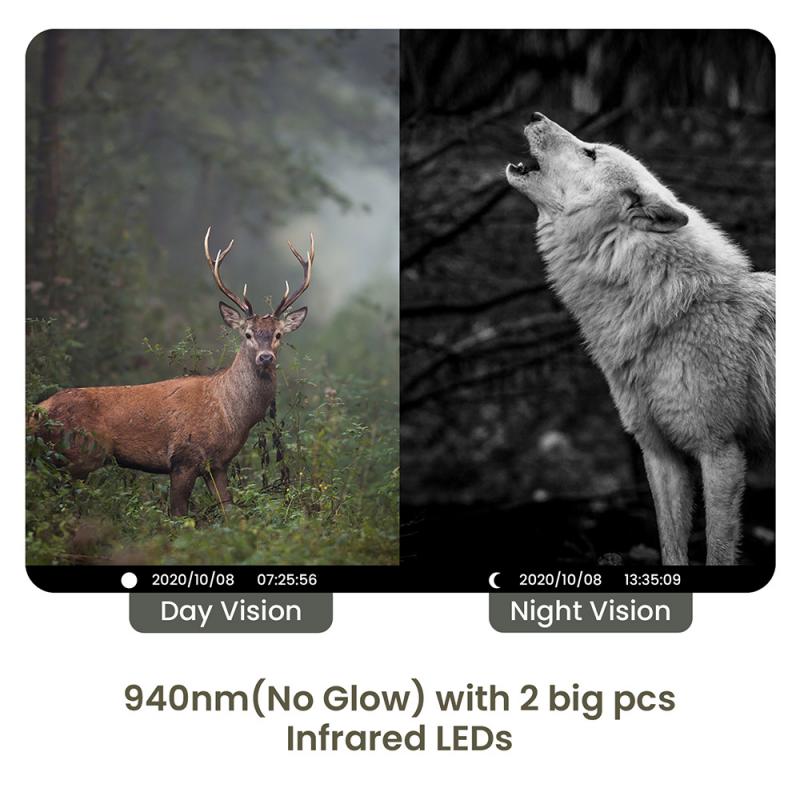
3、 Adding weight to the tripod for increased stability
Adding weight to a camera tripod is a common and effective way to improve stability, especially in windy conditions or when using heavy camera equipment. By increasing the weight of the tripod, it becomes less prone to vibrations and movements, resulting in sharper and more stable images. There are several ways to add weight to a tripod, and each method has its own advantages and considerations.
One simple method is to attach a weight bag or sandbag to the center column or legs of the tripod. These bags can be filled with sand, rocks, or other heavy materials to provide additional stability. Another option is to use tripod weights specifically designed for this purpose. These weights can be attached to the legs of the tripod or hung from the center column, providing a low center of gravity and minimizing vibrations.
In recent years, some tripod manufacturers have started incorporating weight hooks or loops into their tripod designs. These hooks allow photographers to hang their camera bags or other heavy objects directly from the tripod, effectively adding weight without the need for additional accessories. This feature is particularly useful for photographers who frequently travel or shoot in outdoor environments.
Additionally, some tripods now come with detachable weight plates that can be attached to the tripod legs. These plates are often made of metal or other dense materials and can be easily added or removed as needed. This flexibility allows photographers to adjust the weight of the tripod based on the shooting conditions or equipment being used.
In conclusion, adding weight to a camera tripod is a practical and effective way to improve stability. Whether through weight bags, tripod weights, or innovative tripod designs, photographers now have various options to enhance the stability of their tripods and capture sharper images.

4、 Using a remote shutter release or self-timer for sharp images
One way to improve camera tripod performance is by using a remote shutter release or self-timer for capturing sharp images. This technique helps eliminate camera shake caused by pressing the shutter button manually.
When using a tripod, even the slightest movement can result in blurry images. By using a remote shutter release, you can trigger the camera without touching it, minimizing the risk of introducing shake. This is especially useful when shooting long exposures, macro photography, or any situation where stability is crucial.
A remote shutter release allows you to step away from the camera and still have full control over the shutter. This can be particularly beneficial when shooting landscapes or wildlife, where you may need to wait for the perfect moment without disturbing the scene.
Alternatively, if you don't have a remote shutter release, most cameras have a built-in self-timer function. This feature delays the shutter release by a few seconds after pressing the button, giving the camera time to stabilize before capturing the image. It's a simple yet effective way to reduce camera shake when using a tripod.
In recent years, technology has advanced, and many cameras now offer wireless remote control options through smartphone apps. This allows you to control the camera remotely, adjust settings, and trigger the shutter without physically touching the camera. It's a convenient and modern solution for improving tripod performance.
In conclusion, using a remote shutter release or self-timer is a valuable technique for improving camera tripod performance. Whether using a traditional remote or taking advantage of smartphone apps, these tools help minimize camera shake and ensure sharper images.



